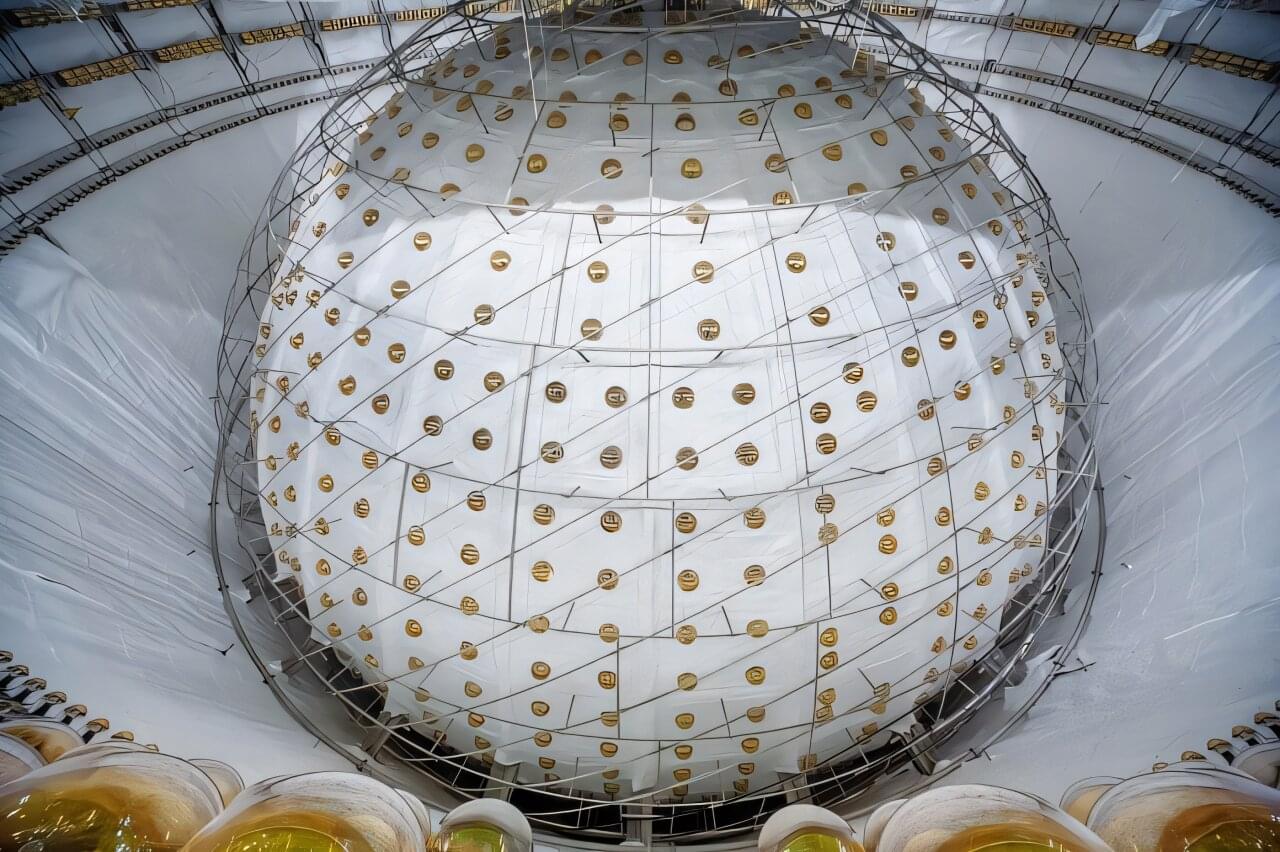Neutrinos are one of the most enigmatic particles in the standard model. The main reason is that they’re so hard to detect. Despite the fact that 400 trillion of them created in the sun are passing through a person’s body every second, they rarely interact with normal matter, making understanding anything about them difficult. To help solve their mysteries, a new neutrino detector in China recently started collecting data, and hopes to provide insight on between forty and sixty neutrinos a day for the next ten years.
The detector, known as the Jiangmen Underground Neutrino Observatory, or JUNO, is located in between two huge nuclear plants at Yangjian and Taishan. Both of those fission plants create their own artificial neutrinos in addition to the ones created by the sun, meaning the general area should be awash with barely interacting particles.
That’s despite the fact that, like most neutrino detectors, it’s located underground. 700 meters underground, in fact. The physical bulk of Earth’s crust is meant to block most other particles, like muons, from getting to it, and at other installations, like IceCube, it does a pretty good job.








